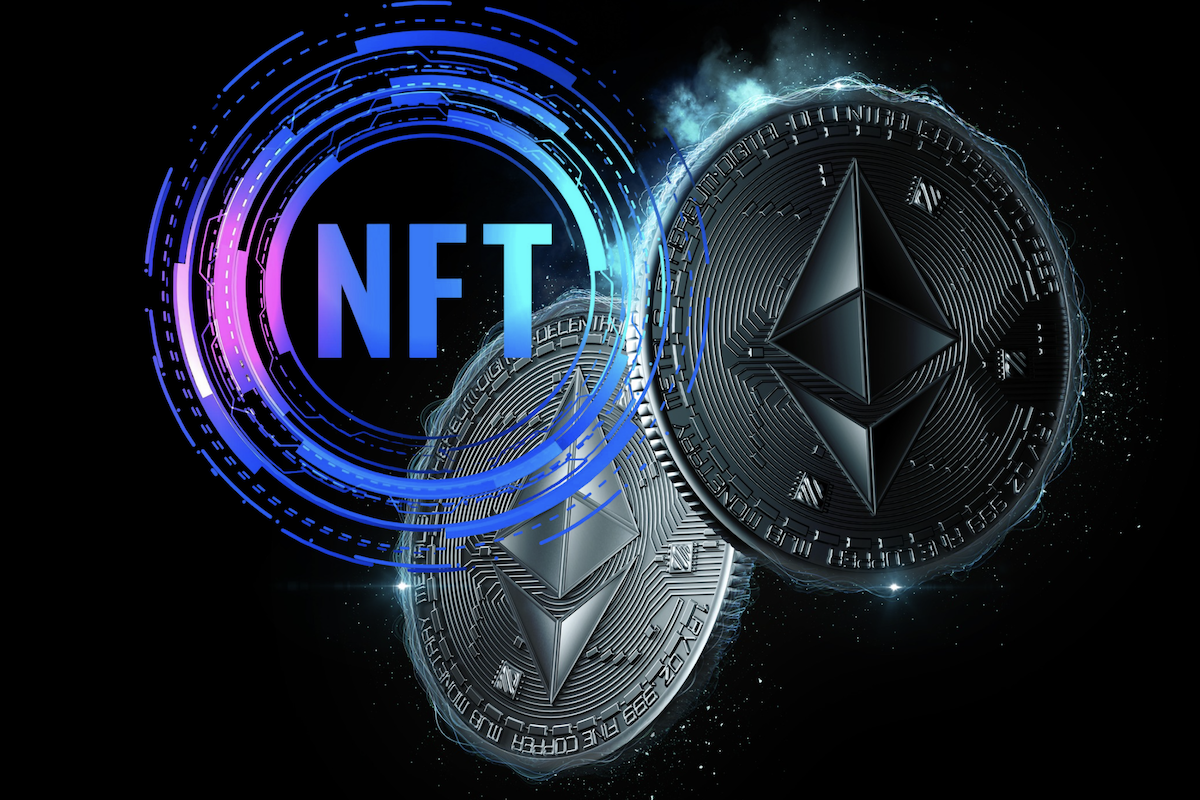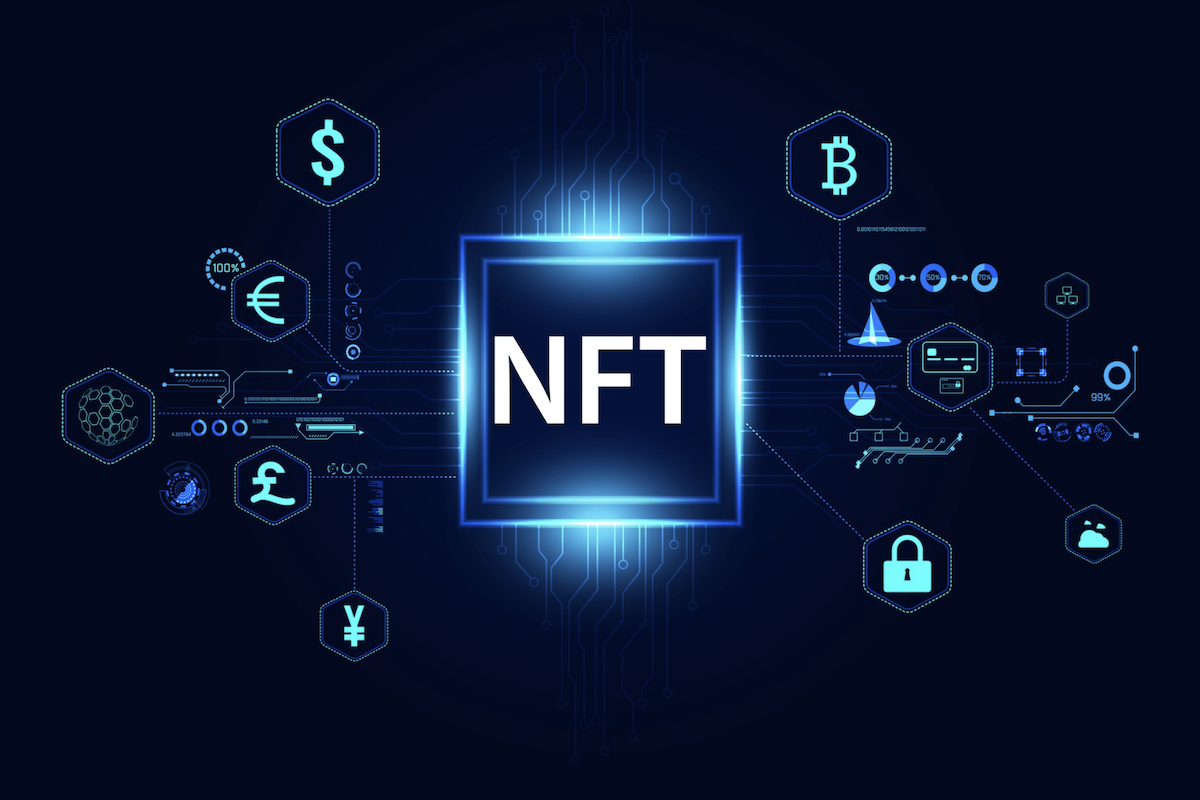Embedded NFT Wallets: How In-App Wallets Are Transforming Web3 UX in 2025
Embedded wallets like Privy, Magic.link & Alchemy simplify Web3 by enabling secure, seedless login and gas-free NFT transactions directly within apps.

Embedded NFT wallets are transforming how people use blockchain apps by removing the need for seed phrases, browser extensions, or crypto setup hurdles. In 2025, solutions like Privy, Magic.link, and Alchemy are making NFT ownership and Web3 interaction as simple as logging in with an email or social account.
Key Takeaways
Embedded wallets integrate directly into apps, eliminating the need for separate installations.
Privy, Magic.link, and Alchemy lead the 2025 embedded wallet ecosystem.
Users can buy, mint, and trade NFTs without holding crypto or paying gas.
Security relies on technologies like MPC, TEEs, and multi-factor authentication.
Embedded wallets are driving mainstream NFT adoption by simplifying user onboarding.
What Are Embedded NFT Wallets?
Embedded wallets are in-app crypto wallets that let users hold and manage NFTs or tokens without installing external wallet apps like MetaMask. Instead of copying seed phrases or switching tabs, users simply log in with familiar methods—email, Google, Apple, or biometric authentication.
This seamless experience abstracts blockchain complexity. For example, when a user mints an NFT, the app automatically creates a wallet in the background, manages key storage securely, and handles gas fees if needed.
Embedded wallets are non-custodial in most cases, meaning the user—not the app—retains control of the keys, even if the interface feels like a typical Web2 login.

Why Embedded Wallets Matter for NFT Adoption
NFTs have been criticized for high entry barriers: complex wallet setups, seed phrases, and transaction fees. Embedded wallets flip that experience by removing friction.
They make NFTs accessible to anyone who can log in online. For creators and developers, this shift means:
Simpler onboarding – New users can sign up in seconds without crypto knowledge.
Streamlined transactions – Sponsored or subsidized transactions reduce the need for users to hold tokens.
Cross-chain support – Users can hold NFTs and tokens from Ethereum, Solana, Polygon, and more.
Better security – Advanced encryption and recovery systems protect access.
In essence, embedded wallets create a bridge between traditional Web2 familiarity and Web3 ownership.
Top Embedded Wallet Providers in 2025
Privy: A Security-Focused Embedded Wallet
Privy enables developers to embed multi-chain wallets into apps with minimal code. It secures assets using key sharding, Trusted Execution Environments (TEEs), and multi-factor authentication.
Key highlights:
Supports Ethereum, Solana, Bitcoin, and EVM-compatible networks
Offers gas sponsorship so users can transact without holding native tokens
Includes privacy-preserving identity tools and secure recovery options
Privy’s design has gained traction in NFT-enabled games and marketplaces that prioritize smooth onboarding and long-term asset access. Stripe’s acquisition of Privy in 2025 highlighted how essential embedded wallets have become to broader Web3 infrastructure.
Magic.link: Simplifying NFT Onboarding
Magic.link lets users mint, buy, and store NFTs without requiring prior crypto knowledge. When users log in via email or social accounts, Magic creates a secure non-custodial wallet behind the scenes.
Highlights include:
NFT Checkout for credit card purchases
Fiat on-ramps integrated directly into apps
Customizable wallet widget and easy NFT management
Magic’s approach is especially effective for NFT drops, loyalty programs, and platforms targeting non-crypto users.
Alchemy: Smart Wallets with Account Abstraction
Alchemy’s smart wallets use a combination of account abstraction and Multi-Party Computation (MPC) to improve both ease of use and security. By hiding most of the technical steps from the user, they allow for smooth, gas-free transactions across multiple blockchains.
These wallets support over 50 different chains and offer recovery options tied to social logins, making it easier for users to regain access if needed. Developers can easily integrate Alchemy’s SDK to create experiences that feel like Web2 but come with the full benefits of Web3 ownership and security.
To put it simply: MPC divides a user’s cryptographic key among multiple parties, which greatly reduces the risk of a single point of failure. In contrast, traditional wallets store the entire key on one device or server, making them more vulnerable.
How Secure Are Embedded Wallets?
Security remains a top concern for NFT holders. Embedded wallets employ technologies like:
Trusted Execution Environments (TEEs) – Secure hardware that isolates private key operations.
MPC (Multi-Party Computation) – Splits private keys among multiple servers, reducing single points of failure.
Social recovery and MFA – Users regain access through verified credentials or biometrics.
While embedded wallets simplify UX, users still depend on the app’s security implementation. Non-custodial models ensure ownership, but vigilance with logins and phishing awareness is essential. Risks include reliance on centralized auth services and potential data breaches.

Real-World Use Cases
Embedded wallets are rapidly spreading across sectors:
NFT marketplaces – Instant wallets for new collectors.
Web3 gaming – Players earn and trade assets without technical onboarding barriers.
Brand loyalty programs – Customers collect digital rewards directly in branded apps.
Ticketing and events – NFT passes are issued to users without prior crypto experience.
This integration-first approach signals how NFTs will move quietly into everyday experiences rather than staying confined to crypto circles.
The Future: Wallet Portability and Interoperability
A common issue today is fragmentation—users may end up with separate wallets across different apps. The industry is responding with cross-app wallet hubs and interoperability standards that allow users to carry their assets between platforms effortlessly.
Expect upcoming SDKs and social recovery frameworks to make switching between NFT apps as simple as moving between social networks.
Frequently Asked Questions
Here are some frequently asked questions about this topic:
Do I need to install anything to use an embedded wallet?
No. Embedded wallets work directly inside apps—no extensions or installations required.
Can I recover my assets if I lose my login?
Yes. Most solutions support recovery through email, social accounts, or biometric verification.
Are embedded wallets only for NFTs?
No. They also support fungible tokens, DeFi interactions, and token-gated experiences.
Are embedded wallets free to use?
Most transactions are subsidized by the app, though costs may vary by provider.





